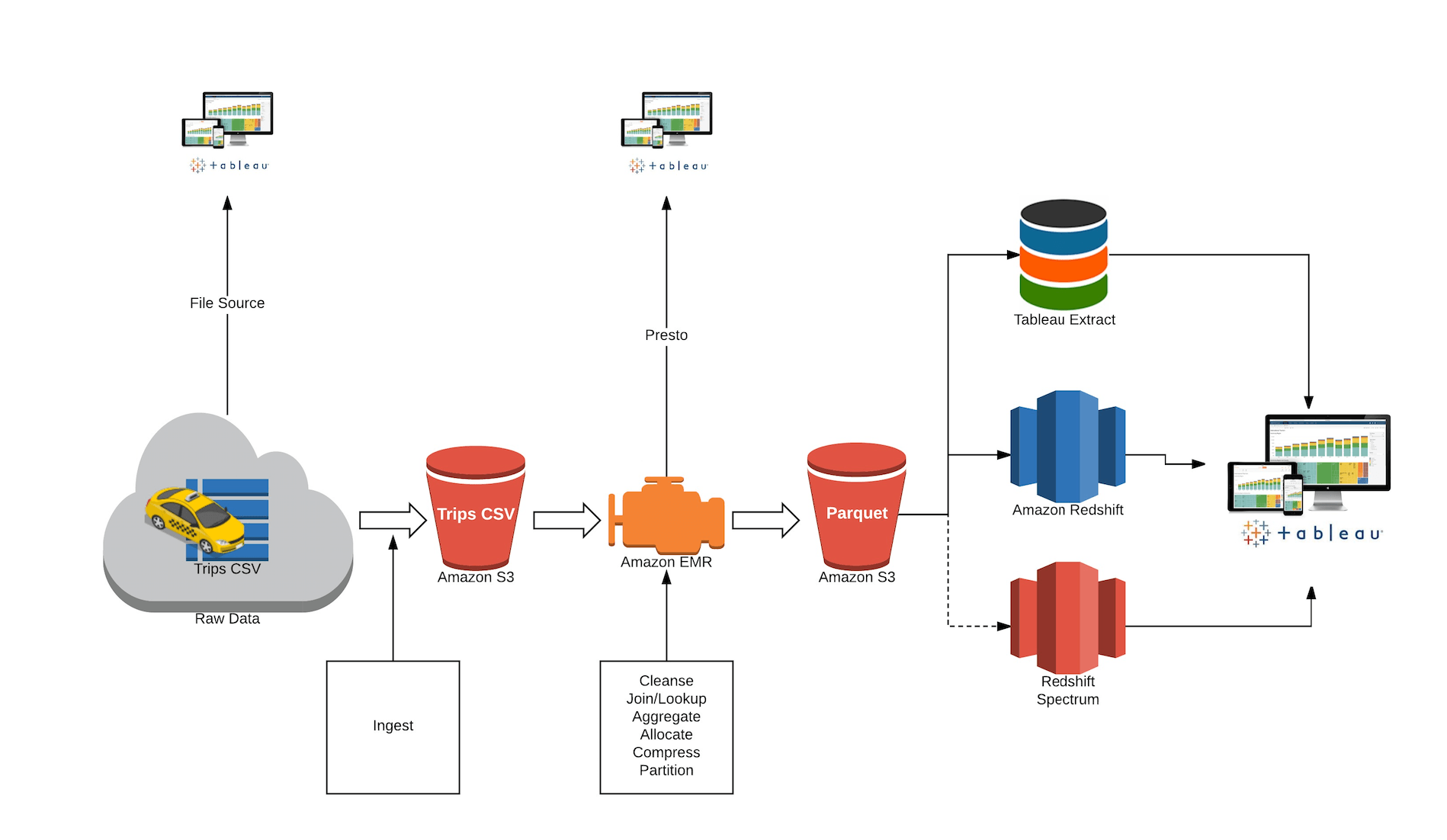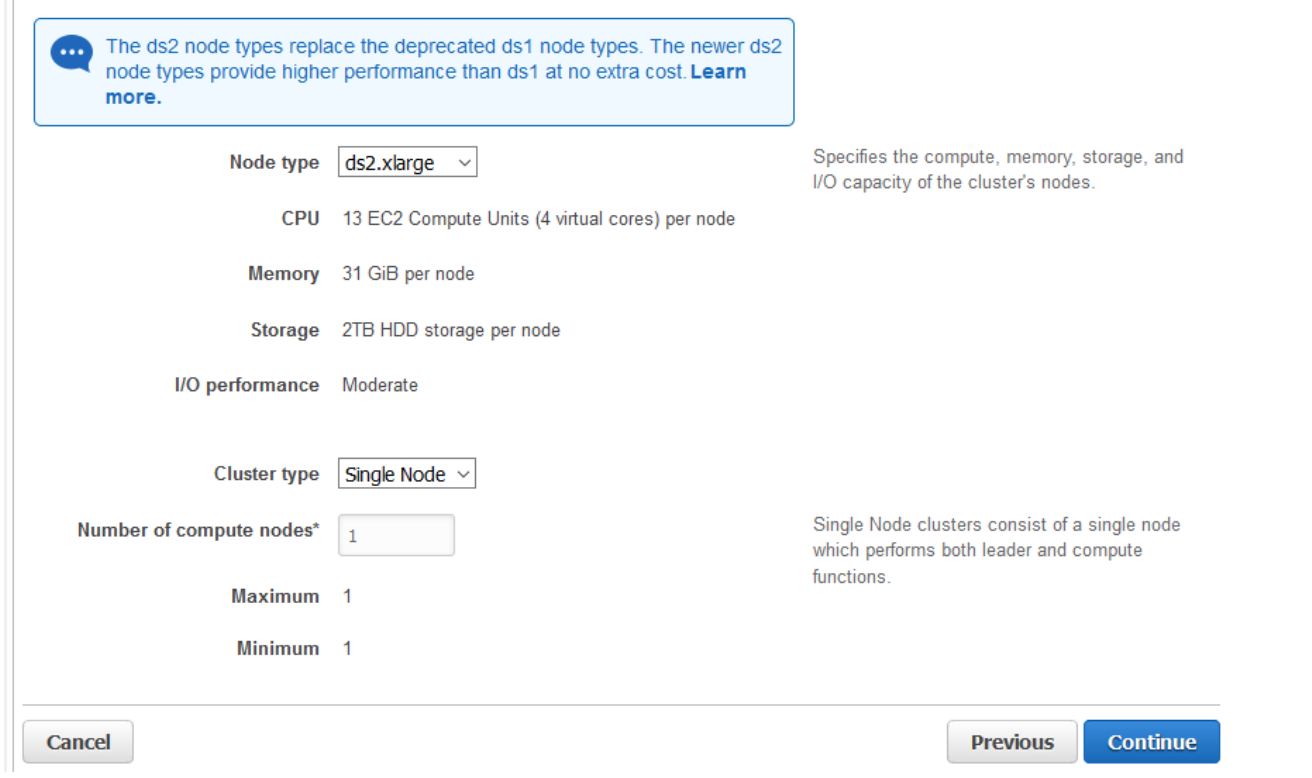

The queries used in Redshift can be used as it is with a change in the database reference to the S3 data store. There is no exclusive query for Spectrum.
#Amazon athena vs redshift update
Tables hold the data and return the data when queried using Select statement in SQL and these tables are read-only and write or update are not allowed.

Schema has the information on data tables and other database objects such as views, functions of the S3 Data store. AWS glue, Athena data catalog, Hive metastore (Amazon EMR) are the various options available in the catalog. These clusters are supported by Spectrum and are independent of the Redshift domain.ĭata catalog holds the schema definition of the organization data stored in S3 Data lakes and it is the central repositories of metadata of the data assets. The whole deployment Redshift Spectrum works in Virtual Private Cloud mode and the cluster resources are made available to run queries and get results. Users doesn’t have to pay for any extra compute resources to process S3 data and they will have to pay only for the quantum of data queried from S3 Three Key Concepts A single query would be sufficient to extract the data from the Redshift warehouse and S3 data lake.ĥ. The results from S3 and the live data are joined and present to the usersĤ. It Directly Queries the cold legacy data from S3 without following any of ETL processingģ. Redshift queries built for live data in Redshift can be continued to be used as it isĢ. Legacy data at the cheapest cost allow users to enjoy the best of both worlds.ġ. Redshift extracts the data from S3 and loads it into the Redshift cluster for further processing (Through the ETL method).Īll the above solutions involve high cost and efforts and Redshift Spectrum offers a simple solution to manage to handle hot and

MapReduce deploys Hadoop kinds of queries to process big data stored in an unstructured manner.ģ. Users don’t have to manage any servers.Ģ. There are several interfaces (APIs) to facilitate these queries. Athena provides a direct query facility of the legacy data stored in S3. Trillions of objects with terabytes of size are stored in storage services offered by Amazon S3.Īmazon’s Athena, Elastic MapReduce, and Redshift can be used to extract the data from S3 and present the results to the end-users.ġ. The data not in frequent use is pushed into cold storage and Amazon offers S3 (Simple Storage Services) to store old data. Redshift offers the warehouse facility to store such data and render query facility. Traditionally the live data is stored in a structured database and the data is queried as and when needed through query languages. Three Key Concepts of Amazon Redshift Spectrum How Spectrum works? Zyanga, Coca-Cola, Wynk Music, Pizza Hut, redhill games, KFC, Big Basket, Nasdaq, and Toyota are some of the big names in the Redshift customers list. Amazon Redshift empowers its customers to gain great insights into the data and get maximum benefits. Amazon Redshift CustomersĪmazon Redshift has a strong presence in the Data Analytics space spread across Top 500 companies, several medium-sized companies, and many start-ups. Users can save money by compressing the data, storing it in columns, and partitioning the data. Spectrum cost is also based on pay per use model. Users will have to manage Clusters in Spectrum whereas it is absolutely serverless in the case of Athena.Īthena charges users based on the queries made and the quantum of data scanned. Large IT installations can opt for Spectrum wherein a small setup can go in for a simple Athena. Performance in Spectrum can be enhanced by augmenting or optimizing Redshift cluster resources and S3 storage but the performance of Athena is based on S3 parameters only. Performance in Athena depends of the load in the system as it works on shared resources mode with other users, whereas performance in Spectrum is consistent as it runs on an exclusive in-house setup. Users will be able to control the cost of Redshift Spectrum. In the case of Athena, Resources allocation and deallocation are taken care of by Amazon web services while cluster provisioning in Spectrum is handled by end-users.


 0 kommentar(er)
0 kommentar(er)
